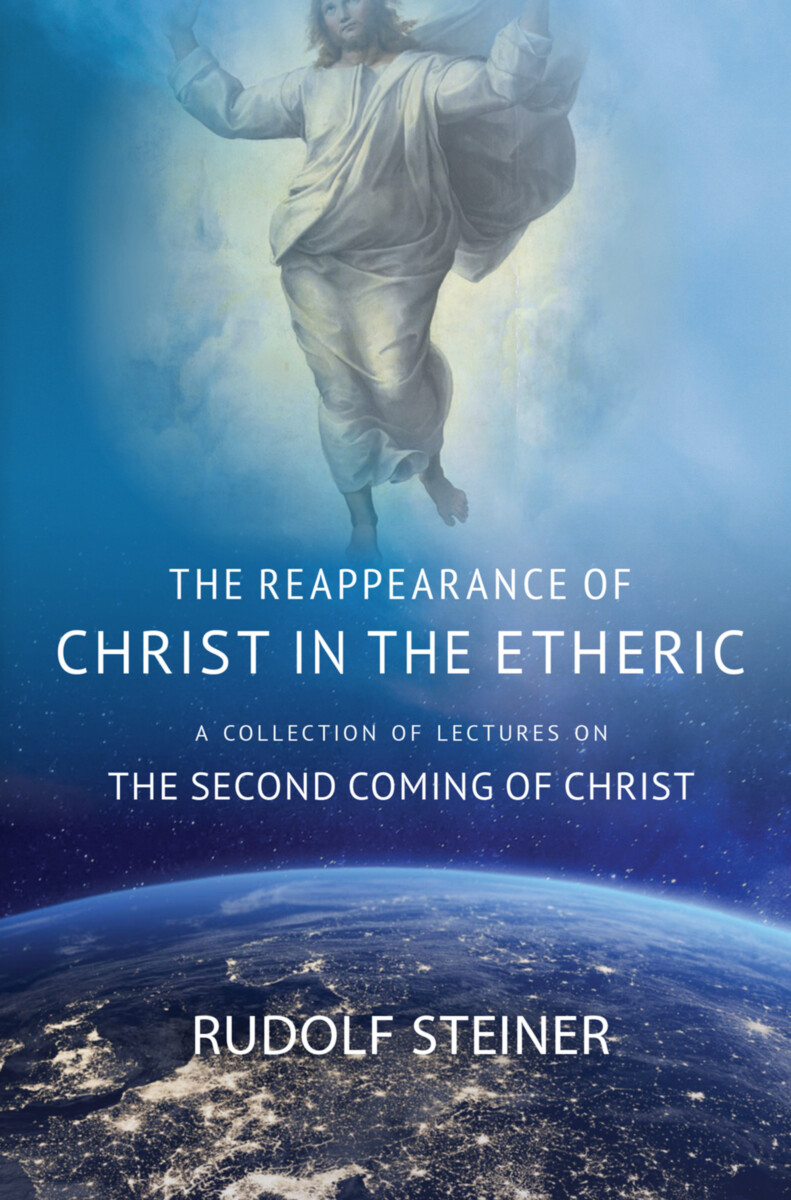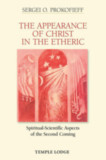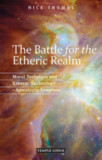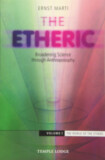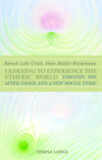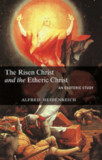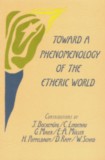The Reappearance of Christ in the Etheric
A Collection of Lectures on the Second Coming of Christ
- Publisher
SteinerBooks - Published
1st March 2022 - ISBN 9781621482437
- Language English
- Pages 234 pp.
- Size 5.5" x 8.5"
“Since the coming of Gautama Buddha, Eastern mystics have spoken especially about a future condition when earth will be bathed in a moral etheric atmosphere. Ever since the time of the ancient rishis, they had hoped that this moral impulse would come to earth from Vishva Karman (or from Ahura Mazda, as Zarathustra proclaimed). Eastern mysticism foresaw that this moral atmosphere would come to earth from the being we call the Christ. Eastern mystics had set their hopes on the being of Christ.” — Rudolf Steiner (p. 125)
The first chapter of the Acts of the Apostles describes Christ’s Ascension: “and a cloud received him out of their sight.” As the disciples were looking up, two angels appeared and said, “the same Jesus, taken up from you into heaven, shall come again in the same way as you have seen him go.”
Starting in 1910, Rudolf Steiner initiated a series of lectures announcing the advent of Christ’s appearance in the sphere of the earth’s etheric or life body. This he said would begin between 1930 and 1940, but at first, only a few people would be aware of it. In time, more and more people—regardless of their religious affiliation—would be infused by Christ’s living presence. Such “Damascus experiences,” bespeaking a new natural clairvoyance, Steiner said, would become increasingly common.
The Christ will become a living comforter. Though it may seem strange now, it is nevertheless true that even large numbers of people sitting together and wondering what to do will see the etheric Christ. He will be there and confer with them; he will cast his word into their gathering. We are approaching these times when this positive, constructive element will take hold of human evolution.” — Rudolf Steiner (p. 122)
The lectures collected here on the second coming of Christ also contain significant related issues, such as spiritual science and etheric vision, the etheric vision of the future, the Sermon on the Mount and the land of Shambhala, the etherization of the blood, the mysteries of comets and the moon, Buddhism and Pauline Christianity, and the three realms between death and rebirth.
C O N T E N T S:
Introduction by Stephen E. Usher
1. The Appearance of Christ in the Etheric
2. Spiritual Science and Etheric Vision
3. Buddhism and Pauline Christianity
4. Mysteries of the Universe: Comets and the Moon
5. The Reappearance of Christ in the Etheric
6. The Sermon on the Mount and the Land of Shambhala
7. The Return of Christ
8. The Etheric Vision of the Future
9. The Etherization of the Blood
10. Spirit Beings and the Ground of the World–1
11. Spirit Beings and the Ground of the World–2
12. Spirit Beings and the Ground of the World–3
13. The Three Realms of Life between Death and Rebirth
Further Reading
Notes
Rudolf Steiner
Rudolf Steiner (b. Rudolf Joseph Lorenz Steiner, 1861–1925) was born in the small village of Kraljevec, Austro-Hungarian Empire (now in Croatia), where he grew up. As a young man, he lived in Weimar and Berlin, where he became a well-published scientific, literary, and philosophical scholar, known especially for his work with Goethe’s scientific writings. Steiner termed his spiritual philosophy anthroposophy, meaning “wisdom of the human being.” As an exceptionally developed seer, he based his work on direct knowledge and perception of spiritual dimensions. He initiated a modern, universal “spiritual science” that is accessible to anyone willing to exercise clear and unbiased thinking. From his spiritual investigations, Steiner provided suggestions for the renewal of numerous activities, including education (general and for special needs), agriculture, medicine, economics, architecture, science, philosophy, Christianity, and the arts. There are currently thousands of schools, clinics, farms, and initiatives in other fields that involve practical work based on the principles Steiner developed. His many published works feature his research into the spiritual nature of human beings, the evolution of the world and humanity, and methods for personal development. He wrote some thirty books and delivered more than six thousand lectures throughout much of Europe. In 1924, Steiner founded the General Anthroposophical Society, which today has branches around the world.


